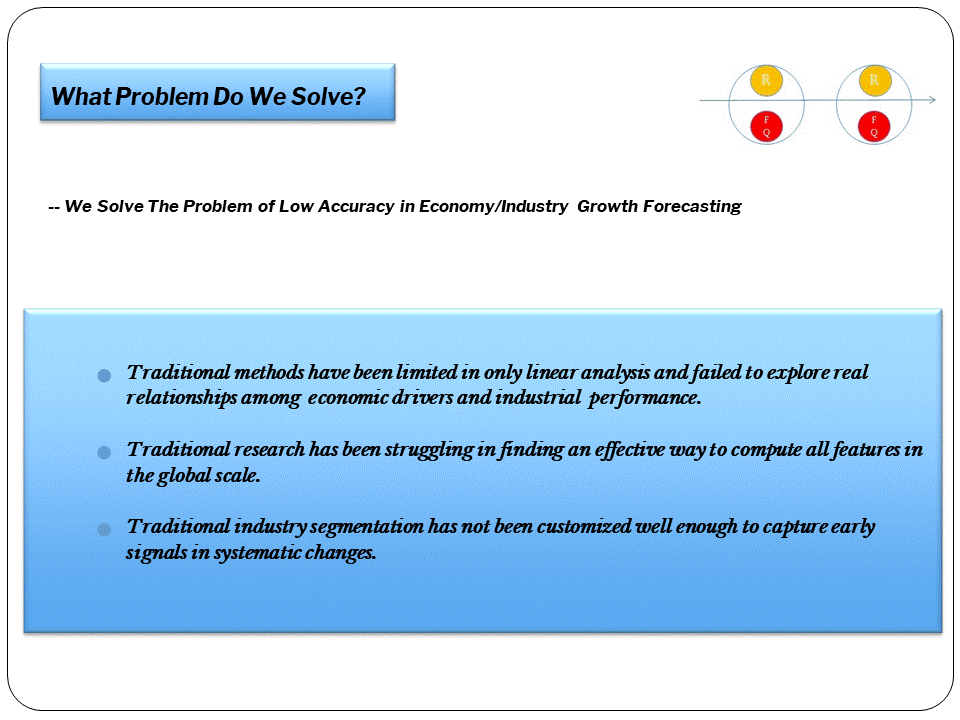
-- The aging population and vanishing productivity growth in advanced economies directly harm two of three core economic growth metrics - demand and labor
-- The third metric - investment in domestic private sector shrinks as business profits are driven away by stagnant demand and productivity
-- Interest rate cut, as a conventional incentive for banks to lend out money, does not work any more because the domestic business profit drop unprecedentedly
-- QE, with abnormal money supply and direct money injection, works in easing issues on the money lending side but still fails to bring borrowers back because the saved financing cost is far away from offsetting the aging demand and productivity.
-- Direct government infrastructure can not replace investment in private sector but stimulus check can offset sluggish demand
-- Public ownership economy presents a huge advantage in dealing with the current issue of business investment
When facing aging population, slow productivity growth, and overseas competition, the utilization of credit in the free market economy consisting of a private ownership banking and business system targeted at making profit, may not be as good as that in a public ownership economy.
The simplified model indicates that, as long as we have people, who have demands and can work efficiently, and investments, which employ them to make the demanded product/service, we have economic growth. Investment comes from saving and, because people who have savings do not always want to be the direct investors, we have a credit system that can connect lenders and borrowers.
The troubles that advanced economies have faced in the recent years are aging people and decreasing labor productivity (output per cost), which, together with globalization, put unprecedented pressures on their domestic demand and thus business profitability.
While their CBs have taken QE as a way to force savings to be lent out with an extremely low return rate but at a bigger risk, their unacceptably low domestic business profitability is still causing either banks unwilling to lend or business unwilling to borrow.
In a public ownership economy, however, savings can be more quickly converted into investment and thus create employment and new demand. If such an economy happens to have a younger and more productive workforce, it will economically outperform those private ownership economies mentioned above as explained by the drivers behind the EU, Japan, China, and the US in the past 20 years.
Therefore, beside the unfixable factors - aging population and labor quality, these advanced economies may have to make an immediate choice from: more money supply and negative rate, more government spending, more stimulus checks, or some publicization of bank and business system.

